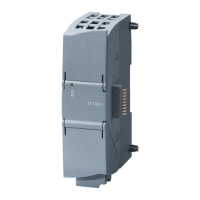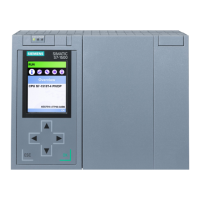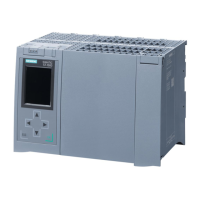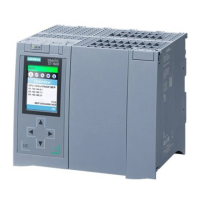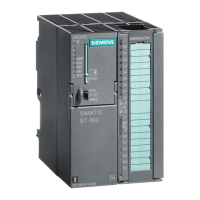S7-1200 Programmable controller
System Manual, 03/2014, A5E02486680-AG
169
Guidelines for designing a PLC system
When designing a PLC system, you can choose from a variety of methods and criteria. The
following general guidelines can apply to many design projects. Of course, you must follow
the directives of your own company's procedures and the accepted practices of your own
training and location.
Table 6- 1 Guidelines for designing a PLC system
Partition your process
or machine
Divide your process or machine into sections that have a level of independence from each other.
These partitions determine the boundaries between controllers and influence the functional
description specifications and the assignment of resources.
Create the functional
specifications
Write the descriptions of operation for each section of the process or machine, such as the I/O
points, the functional description of the operation, the states that must be achieved before
allowing action for each actuator (such as a solenoid, a motor, or a drive), a description of the
operator interface, and any interfaces with other sections of the process or machine.
Design the safety
circuits
Identify any equipment that might require hard-wired logic for safety. Remember that control
devices can fail in an unsafe manner, which can produce unexpected startup or change in the
operation of machinery. Where unexpected or incorrect operation of the machinery could result in
physical injury to people or significant property damage, consider the implementation of
electromechanical overrides (which operate independently of the PLC) to prevent unsafe
operations. The following tasks should be included in the design of safety circuits:
• Identify any improper or unexpected operation of actuators that could be hazardous.
• Identify the conditions that would assure the operation is not hazardous, and determine how
to detect these conditions independently of the PLC.
• Identify how the PLC affects the process when power is applied and removed, and also
identify how and when errors are detected. Use this information only for designing the normal
and expected abnormal operation. You should not rely on this "best case" scenario for safety
purposes.
• Design the manual or electromechanical safety overrides that block the hazardous operation
independent of the PLC.
• Provide the appropriate status information from the independent circuits to the PLC so that
the program and any operator interfaces have necessary information.
• Identify any other safety-related requirements for safe operation of the process.
Plan system security Determine what level of protection (Page 190) you require for access to your process. You can
password-protect CPUs and program blocks from unauthorized access.

